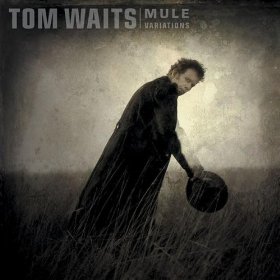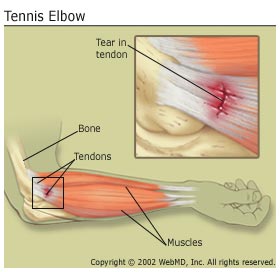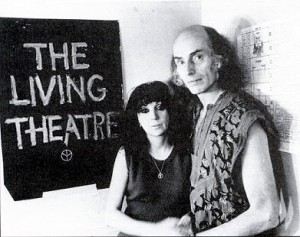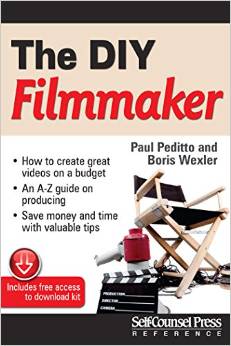Here’s one way to work your characters:
Outline the major characters first, work down to key secondary/subplot characters. Try an INSIDE/OUT approach. People in life are never as they appear. How does the character appear to the world? What’s the façade? Write it down. Then write the inside. The underside. Please tell me Dick the Happy Mailman, clearly an excellent guy—pets all the dogs, helps housewives with their grocery bags—doesn’t go home to become…Dick the Happy Mail Man! Does the dinner dishes, helps the kids with their homework, etc.
People are not as they appear! Do you want to bore the hell out of your audience? If you do, go ahead and picture Dick The Happy Mailman with no density or dark side. He’ll look like this:
Might I suggest an alternative? As Tom Waits said: “What’s he building in there?”
Rumor has it Dick the Happy Mailman has been downstairs in the basement all week. Downstairs in the deep, dark, rat-infested basement. He brought his steelrubber mallet with him because there’s been hammering. A hell of a lot of hammering. And what’s with the industrial-size lock and padded steel door? What the hell is he up to? Who is this guy? For me, he looks more like this:
Believe it or not, I also think of classic French poetry here, Baudelaire’s Spleen and Ideal. What’s your character’s Ideal? What’s the Spleen? What’s at the heart of the character? What is unique about their look, or how they sound? Who are they when the movie starts? Who are they when it ends? Is there enough of an arc? What prevents them from becoming what they want to be? What do they love? Basic questions you want to consider when you draw up a character.
Some writers are big on doing “character interviews” where you and your character actually have a conversation. Others like to write pages of character biographies. I’m ok with these biographies, to a point. When am I not a fan? When these studies run four or five pages long, with questions like…
“Previous illnesses? Arthritis, allergies, tennis elbow?”
“Important highlights of the character’s first sexual experience?”
“Describe the character’s general competence with children?”
Tennis elbow?! I would say when you’re down to questioning whether a character has tennis elbow, you’ve got enough detail. It’s time to—please!—start writing.
Concerning character biographies: Write out the basics, only what you need: How do your characters look and talk? Personal history that concerns plot? Relation to subplot characters? Inner and outer life that concerns plot? Character arc?
You want characters that generate empathy, who capture our sympathy, who get caught in a conflict and have to fight their way out. We want characters that fascinate, be it Amelie or Hannibal Lecter, Tony Montana or Ghandi. It helps if your characters have a sense of humor, or anger, or political outrage. To strike a chord in people, to synthesize the personal into the universal, have your characters react like real people. Pour yourself into the character. This is especially important with plausibility. Always ask, what would I do?
Who is the audience taking a ride on? Rooting for/against? Why am I paying $10+ to see your movie? Are your characters grey, not black and white clichés? The audience wants characters to take an emotional ride on, to relate to, to invest in, otherwise, why bother making the movie?
Have you examined, by the way, exactly why it is you want to write this movie? I spoke of this last week but I’ll repeat it, because it’s important:
I remember going to hear Judith Malina (founder of the Living Theater) speak. Her theatrical credits are without peer, but her face is little known on movie screens. She was Grandmama in The Adams Family, telling the audience that the movie paid for a year of her theater’s expenses. More interestingly, when someone asked how she picked creative projects, she said something so simple, it stays with me still:
”First, I ask: What is it, exactly, I want to say? Then I go about saying it.”
The internet is filled with how-to’s on character development, but I don’t think better advice exists. Characters are the sums of their wants, needs and conflicts…yeah yeah, that’s all well and good, but how does that help you write better characters?
- ALWAYS ask yourself: What am I trying to say? When you figure it out, sketch out the protagonist/antagonist and subplot characters that allow you to say it.
- ALWAYS pour yourself into the character. Plausibility. Every moment in every scene. Ask: Would I do that? What would I do in the same situation?
- ALWAYS remember: Just because it happens in real life, doesn’t mean it has to happen that way in your movie.
Oh, and the kissing cousin of the rule above: Just because it happens to you, doesn’t make it a movie!
Keep the lesson of Dick The Happy Banker close…







